Full text
PDF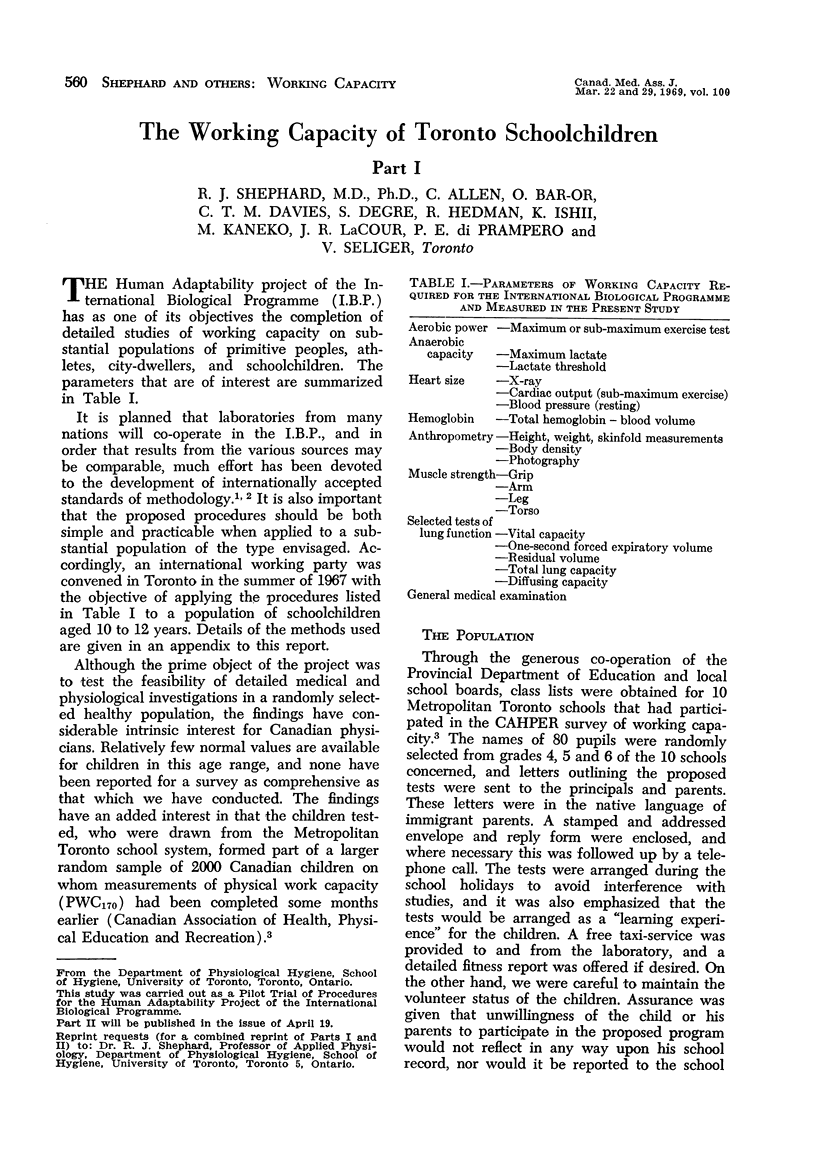
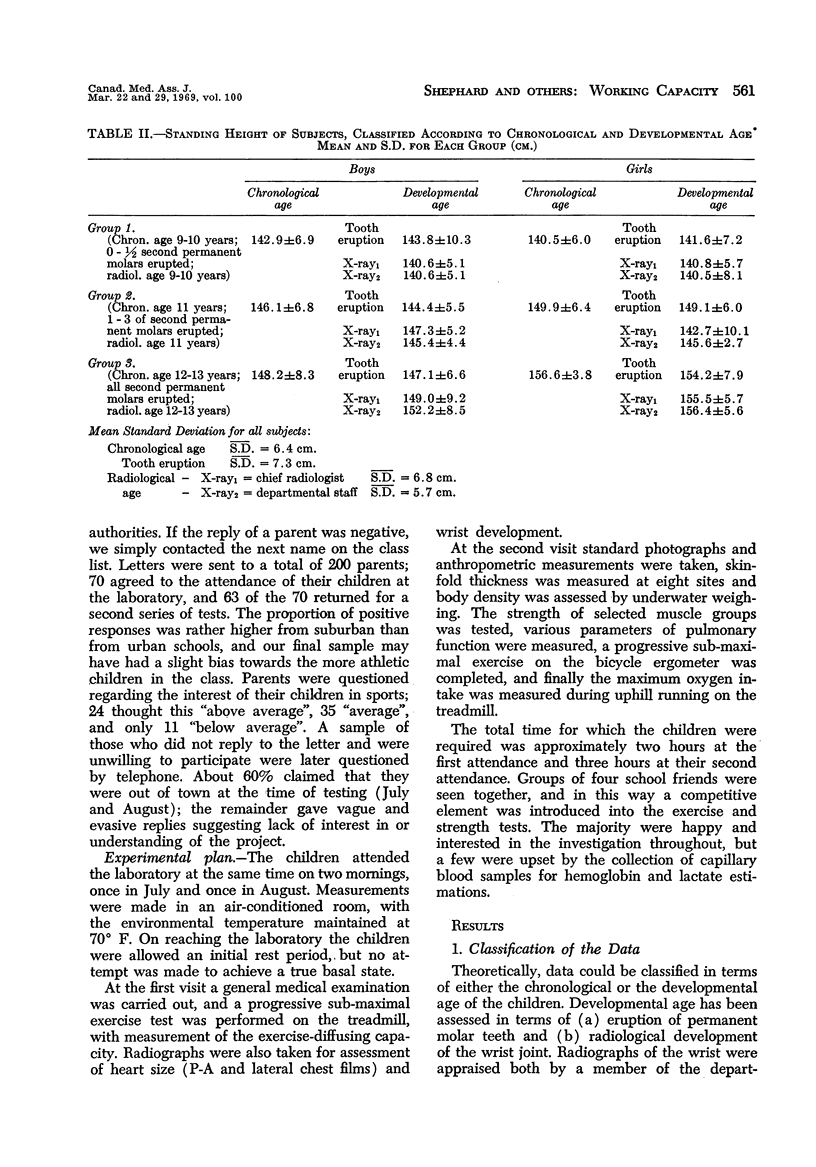
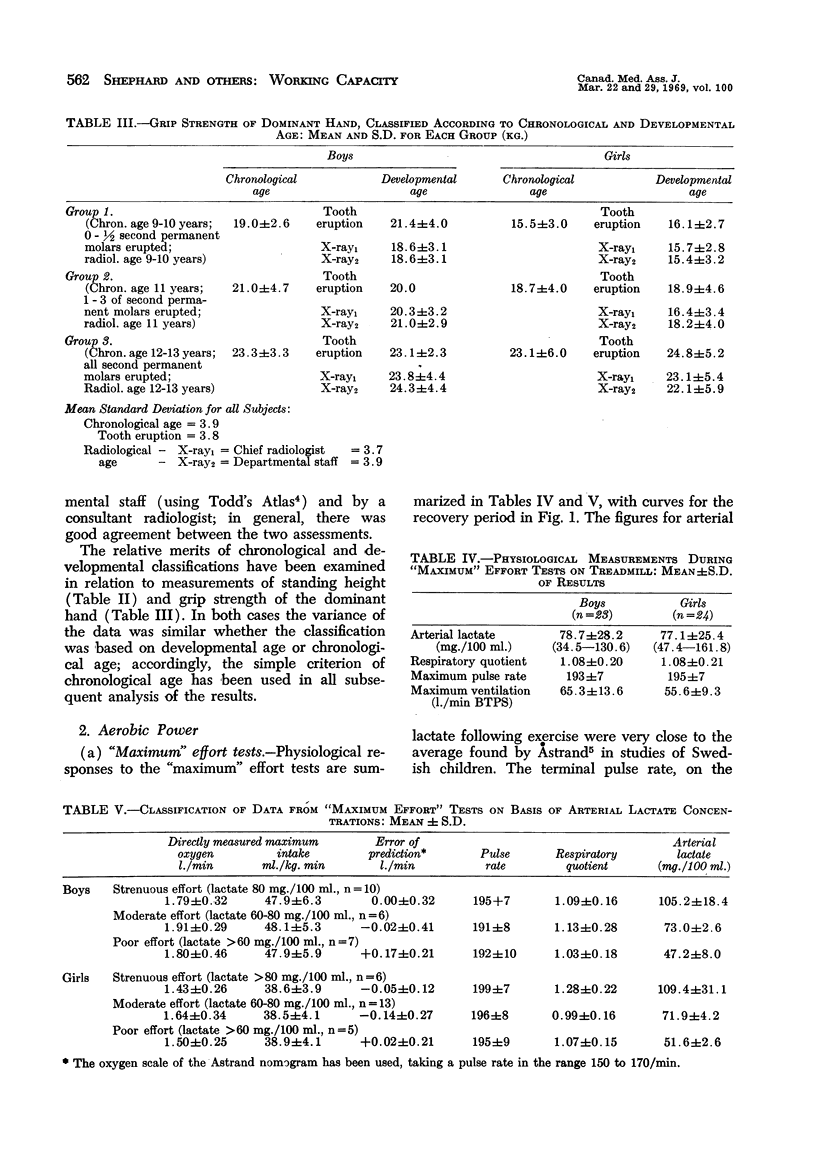
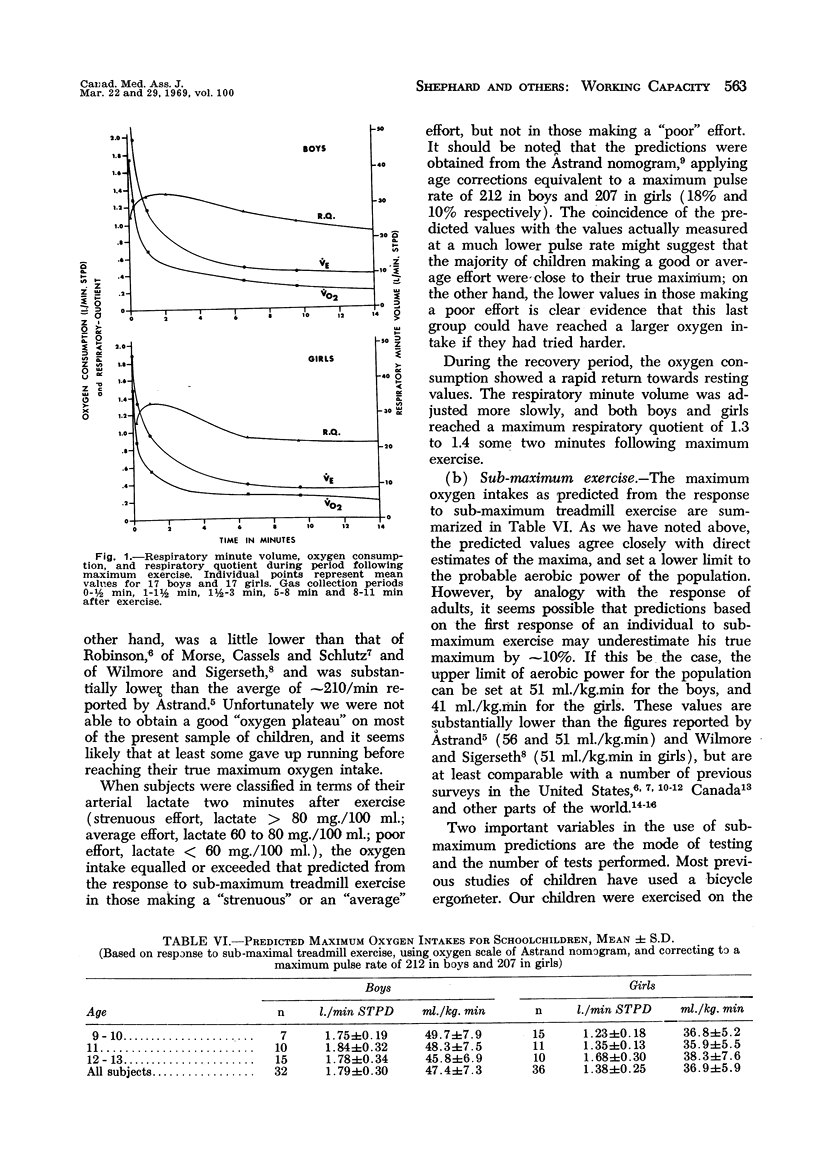
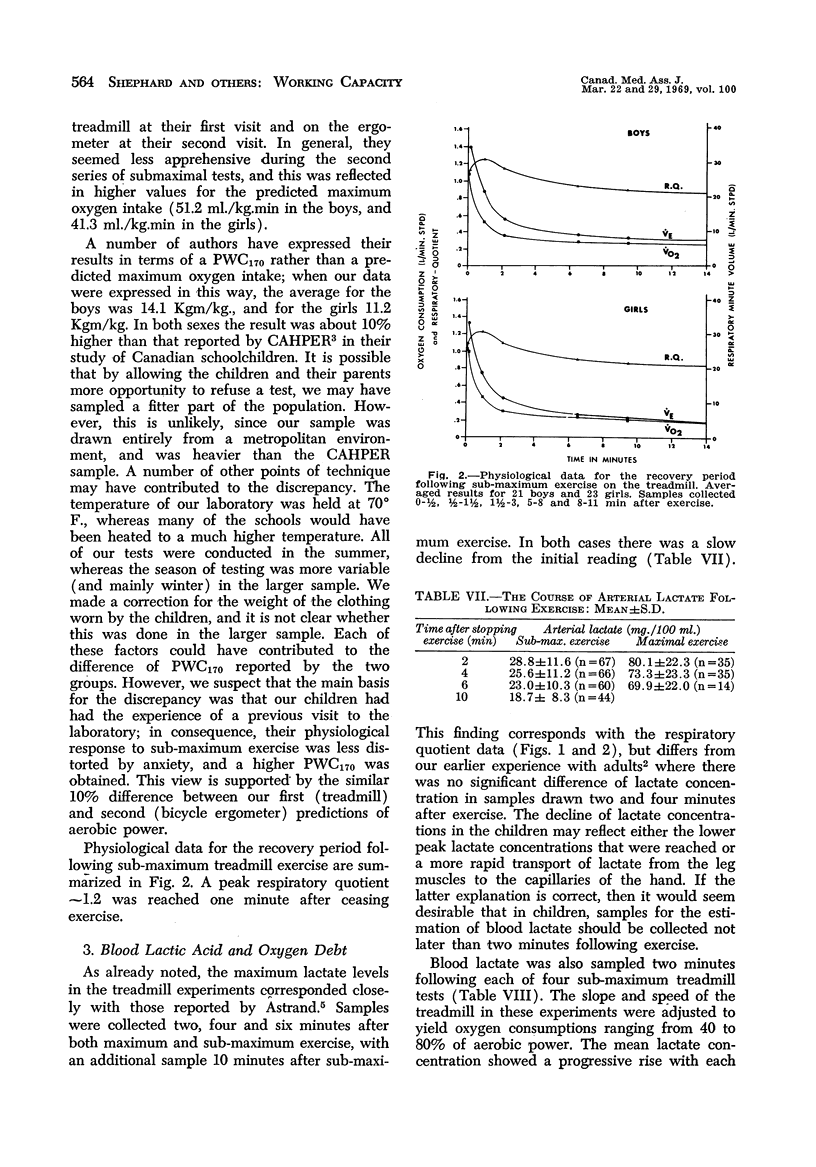
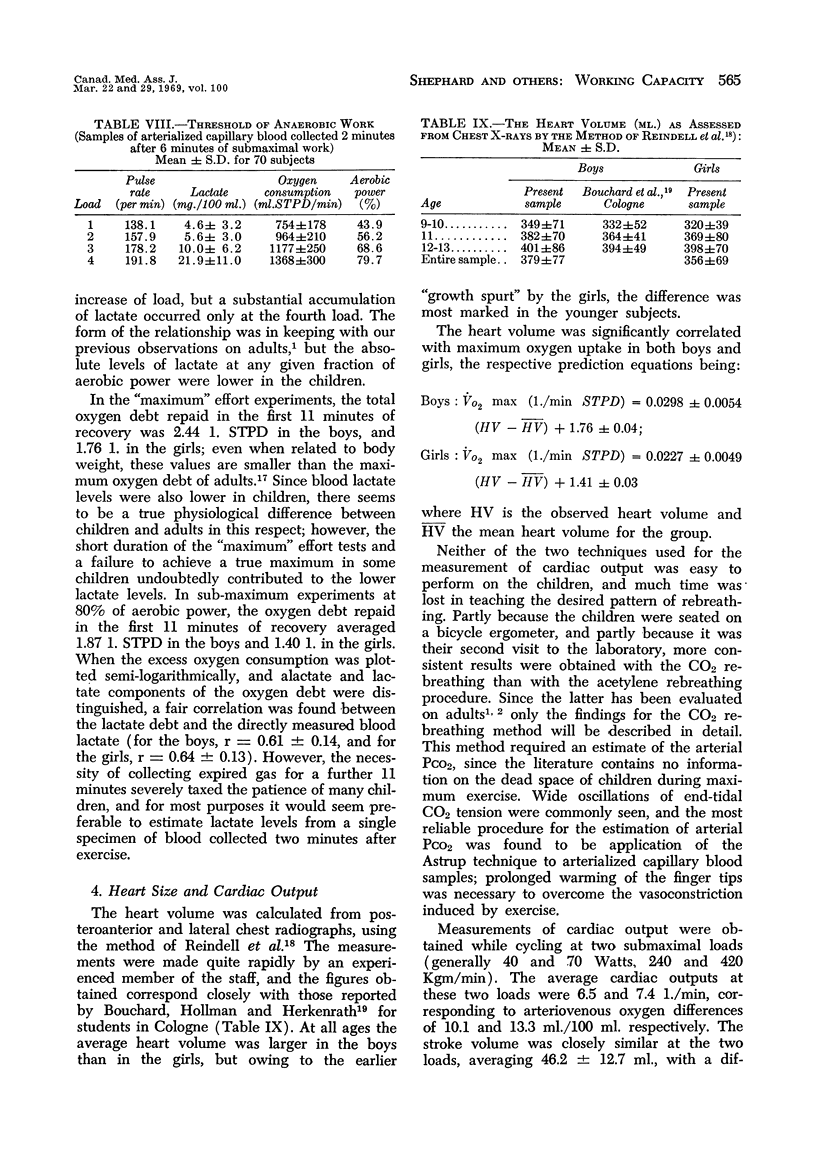

Selected References
These references are in PubMed. This may not be the complete list of references from this article.
- Cumming G. R. Current levels of fitness. Can Med Assoc J. 1967 Mar 25;96(12):868–882. [PMC free article] [PubMed] [Google Scholar]
- ELWOOD P. C., WITHEY J. L., KILPATRICK G. S. DISTRIBUTION OF HAEMOGLOBIN LEVEL IN A GROUP OF SCHOOL CHILDREN AND ITS RELATION TO HEIGHT, WEIGHT, AND OTHER VARIABLES. Br J Prev Soc Med. 1964 Jul;18:125–129. doi: 10.1136/jech.18.3.125. [DOI] [PMC free article] [PubMed] [Google Scholar]
- KRAMER J. D., LURIE P. R. MAXIMAL EXERCISE TESTS IN CHILDREN; EVALUATION OF MAXIMAL EXERCISE TESTS AS AN INDEX OF CARDIOVASCULAR FITNESS IN CHILDREN WITH SPECIAL CONSIDERATION OF THE RECOVERY PULSE CURVE. Am J Dis Child. 1964 Sep;108:283–297. [PubMed] [Google Scholar]
- REINDELL H., KIRCHHOFF H. W., MUSSHOFF K., KLEPZIG H. Das Sauerstoffäquivalent, ein Massstab für die Beurteilung der Leistungsbreite von Herz und Kreislauf. Verh Dtsch Ges Kreislaufforsch. 1956;22:108–113. [PubMed] [Google Scholar]
- Sprynarová S. Development of the relationship between aerobic capacity and the circulatory and respiratory reaction to moderate activity in boys 11-13 years old. Physiol Bohemoslov. 1966;15(3):253–264. [PubMed] [Google Scholar]
- Wilmore J. H., Sigerseth P. O. Physical work capacity of young girls, 7-13 years of age. J Appl Physiol. 1967 May;22(5):923–928. doi: 10.1152/jappl.1967.22.5.923. [DOI] [PubMed] [Google Scholar]


